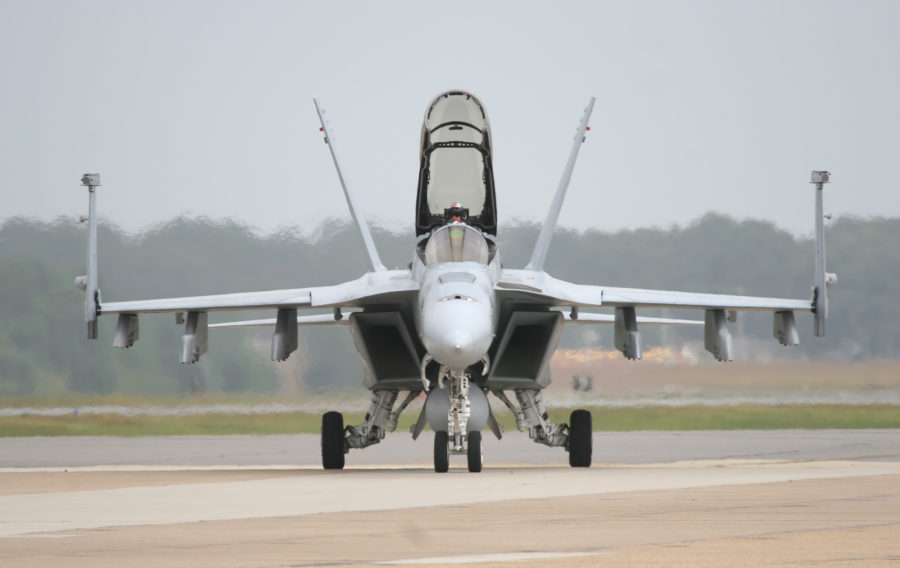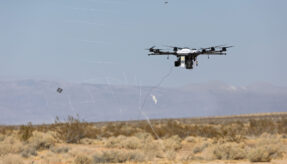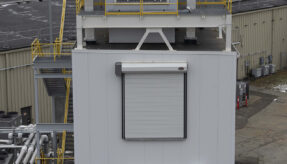
Lockheed Martin has been awarded two contracts by Boeing to upgrade its IRST21 sensor system for use on the US Navy’s F/A-18E/F fleet.
The Block II contracts provide up to $100 million for developing advanced software, performing hardware upgrades and delivering prototypes. These efforts will further enhance IRST21’s detection, tracking and ranging capabilities in radar-denied environments.
IRST21 is the next generation of Lockheed Martin’s legacy IRST sensor system, which accumulated more than 300,000 flight hours on the US Navy’s F-14 and on international F-15 platforms. Currently, IRST21 flies mounted in the F/A-18E/F’s centerline fuel tank.
The system uses infrared search and track technology to detect and track airborne threats. Compared to radar, IRST21 significantly enhances the resolution of multiple targets, enabling pilots to accurately identify threat formations at longer ranges. This “see first, strike first” capability empowers pilots with greater reaction time, improving survivability.
Paul Lemmo, Vice President of Fire Control/Special Operations Forces Contractor Logistics Support Services at Lockheed Martin Missiles and Fire Control said: “The US Navy’s strategic block upgrade program enables us to continue advancing our technology and rapidly deliver it to the warfighter.
“We are excited to implement the Block II upgrades and enhance IRST21’s performance.”
If you would like to join our community and read more articles like this then please click here.







